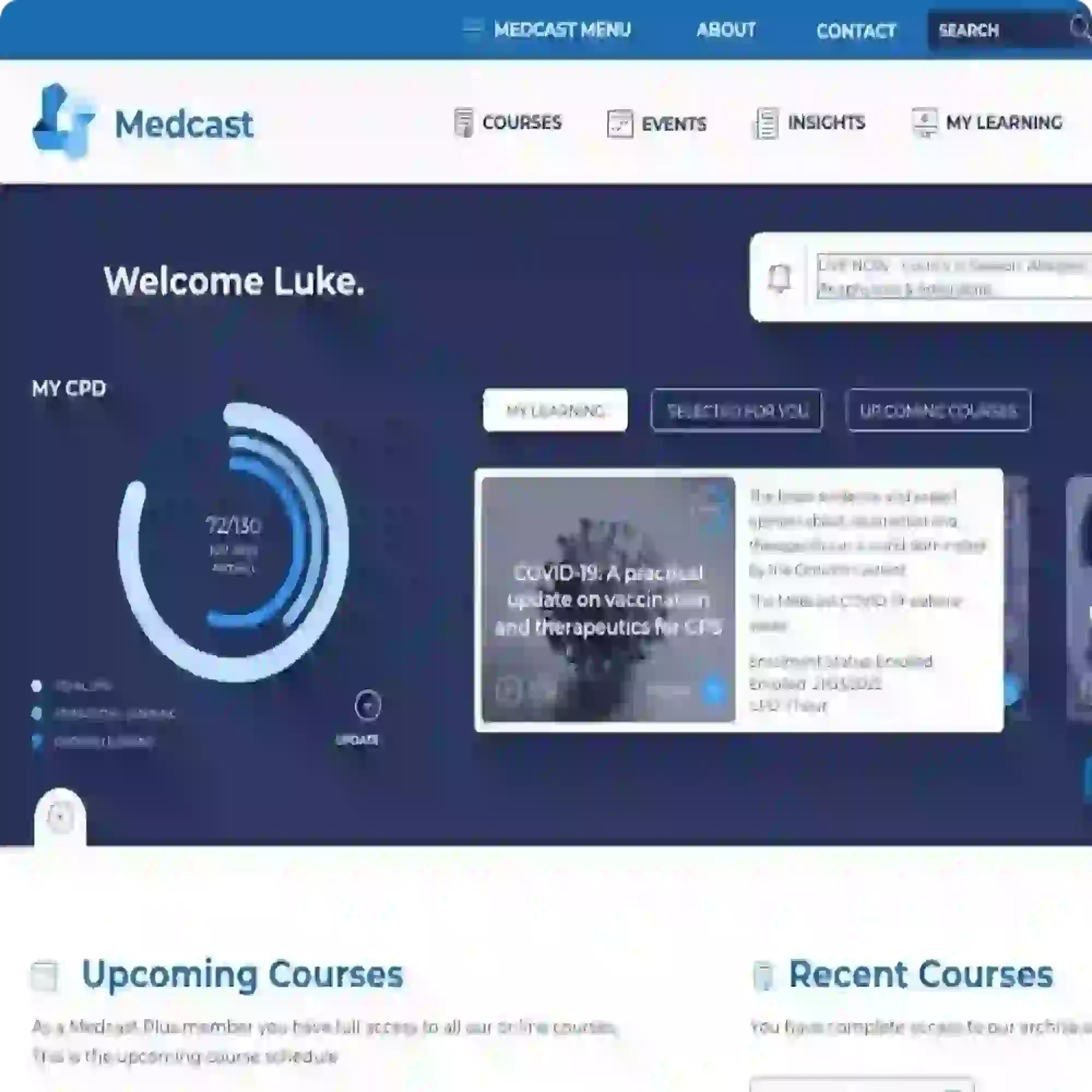Your Frequently Asked Questions about Eczema - Answered
Welcome to our FAQ page designed to answer questions that our audience has raised throughout the eczema program. These answers are backed by strong evidence or expert consensus to provide clarity around best practice management of eczema.
-
The best moisturiser is the one the patient likes and is happy to use often(1). Remind the patient that they may need to try a few moisturisers before they find the one that works best for their skin.
-
Moisturisers containing ceramides have the potential to repair the skin barrier more effectively than other moisturisers,(2) however it is important to consider patient circumstances, needs and preferences.
-
Advise against moisturisers that contain:
Can they be applied at the same time as moisturisers?
-
-
Based on expert consensus it is recommended to apply topical corticosteroids before moisturisers.
-
Note: moisturisers can be applied immediately afterwards without a waiting period. Moisturisers do not reduce the effect of the steroid.(6)
-
-
How long should they be applied for?
-
Topical corticosteroids should be applied generously to all areas of inflammation (not just the worst) until the skin feels smooth and is itch-free, without strict time limits for when to stop treatment.(7)
-
By telling your patient a strict time limit there is a risk of stopping treatment prematurely, leading to rebound flares and a chronic cycle of inflammation.
-
-
What age are they safe to be used from?
-
-
The minimum age recommended differs based on the steroid, a summary of commonly prescribed topical corticosteroids of different potencies and their age restrictions are listed below.(8)
-
Mometasone >= 4 months
-
Methylprednisolone >= 1 month
-
Betamethasone* >= 1 month
-
Hydrocortisone, all ages
-
-
*Betamethasone OV is not recommended for children <12 years old(5) - consider use only on specialist advice
-
Which topical corticosteroid should I use for eczema on the face?
-
Choice varies based on patient age and severity of flare.
-
Mild facial eczema: Hydrocortisone 1% once daily until the skin is smooth and itch free.
-
Moderate to severe facial eczema: Methylprednisolone aceponate 0.1% (adult, or child 4 months or older) once daily for up to 7 days. If a topical corticosteroid is still needed after this time step down to hydrocortisone 1% or consider a topical calcineurin inhibitor.
-
What formulation should I prescribe?
-
When should I recommend them?
-
Dilute bleach baths are considered useful for infected eczema and to prevent recurrent skin infections.(11)
-
Food allergies are rarely the cause of eczema although can often present in these patients. Results of skin tests or blood tests for food allergy do not necessarily predict foods that are making the eczema worse. Allergy testing should only be undertaken if recommended and interpreted by a clinical immunology/allergy specialist.(3)
-
Elimination diets and modifications to infant formulas should generally be avoided in usual management of eczema.
-
Removal of foods may also increase the risk of developing an allergy to those foods. An elimination diet, if considered for a patient with severe eczema not adequately controlled by usual care, should be supervised by a clinical immunology/allergy specialist in association with a dietitian with specialised knowledge of food allergies.(3)
-
These resources have been developed in collaboration with the Australian College of Dermatologists and are now available for download on the QHUB and via the links to additional resources below.
More on the Quality Use of Medicines
QHUB is Medcast's dedicated platform for education and resources that support safe and appropriate use of medicines.
Click the logo to find out more!
Additional resources
In-consultation resources:
Educational activities and CPD:
- Podcast – Beyond Skin Deep: Unravelling the challenges of managing eczema
- Webinar – The Eczema Equation: Burden of disease and challenges in management
- Virtual Educational Visiting



